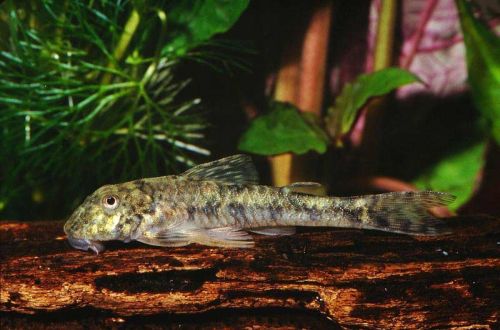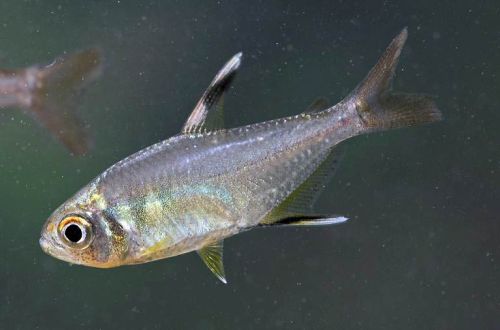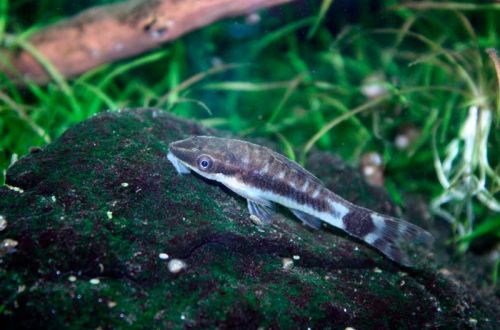
Parotocinclus jumbo
Parotocinclus jumbo, scientific name Parotocinclus jumbo, belongs to the family Loricariidae (Mail catfish). In translation, the word “jumbo” is translated as “giant”, which at first glance does not correspond to the size of the fish itself, reaching no more than 6 cm in length. However, when compared with other members of the genus, this species will appear quite large.

Contents
Habitat
The catfish is native to South America. It is found in river systems at the eastern tip of the continent in the Brazilian states of Paraiba, Pernambuco and Ceara. Inhabits the shallow waters of small rivers and streams with a weak current and a sandy-stony bottom.
Description
Adults grow no more than 6 cm. Outwardly, they resemble Otocincluss. The main distinguishing feature is the presence of an adipose fin. The head is large, the eyes are located higher towards the crown. The color is gray with some greenish and golden hues.
Behavior and Compatibility
They prefer to be in the company of relatives. It gets along well with most popular aquarium species. You can not settle together with large, aggressive, territorial fish.
Brief information:
- The volume of the aquarium – from 40 liters.
- Temperature – 20-26°C
- Value pH — 6.4–7.4
- Water hardness – 5–15 dGH
- Substrate type – soft sandy
- Lighting – subdued or moderate
- Brackish water – no
- Water movement – moderate or strong
- Fish size – up to 6 cm
- Nutrition – plant-based food
- Temperament – peaceful
- Content – in a group of 4-5 individuals
Maintenance and care, arrangement of the aquarium
The minimum aquarium size for a group of 4-5 fish starts at 40 liters. Parotocinclus jumbo spends a significant part of the time at the bottom, and in case of danger, it can partially dig into the ground. For this reason, it is necessary to use soft sandy substrates in the design. The remaining elements of decoration are selected at the discretion of the aquarist. The presence of natural snags and the presence of areas with dense thickets of plants are welcome.
It is considered an unpretentious hardy species capable of sewing in a relatively wide range of hydrochemical parameters. Maintenance is simple, provided regular maintenance of the aquarium and weekly replacement of part of the water with fresh water, thereby preventing the accumulation of organic waste.
Food
The basis of the diet should be plant-based feed, as well as pieces of green vegetables (zucchini, cucumber, lettuce, spinach, etc.). Products must sink or be fixed in the bottom layer.





